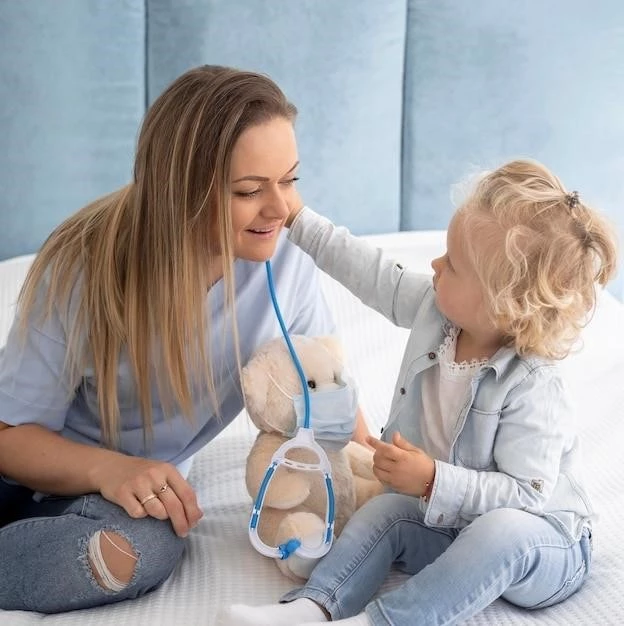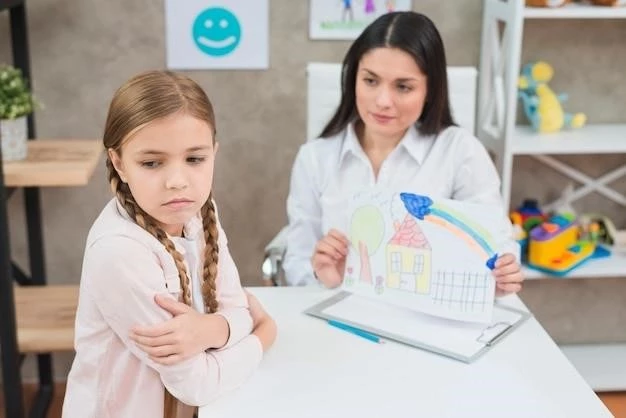Understanding Atresia in Children
Causes of Atresia in Children
Atresia in children can be caused by various factors such as genetic abnormalities, infections during fetal development, exposure to toxins, and disruptions in the blood supply to organs. Congenital atresia is often linked to abnormal development in the womb, leading to malformations in different parts of the body.
Specifically, atresia in the digestive system can result from errors in the formation of the intestines or esophagus during gestation. Respiratory atresia may be due to issues in the development of the trachea or bronchi. Additionally, atresia in other organs like the heart or urinary tract can occur due to similar developmental anomalies.
Environmental factors, maternal health conditions, and certain medications can also play a role in the development of atresia in children. Understanding the underlying causes of atresia is crucial for early diagnosis and appropriate treatment planning to improve outcomes for affected individuals.
Treatment Options for Atresia
Treatment for atresia in children varies depending on the specific organ affected and the severity of the condition. In cases of digestive atresia, surgical intervention is often necessary to remove blockages and reconstruct the affected area.
For respiratory atresia, procedures may include airway dilation or reconstruction. In some instances, tracheostomy or other respiratory support measures may be required. Treatment plans are individualized based on the patient’s unique situation and may involve a multidisciplinary team of specialists.
Medication management, nutritional support, and therapies to address associated complications like feeding difficulties or respiratory issues are also key components of treatment. Regular monitoring and follow-up care are important to track progress and address any new challenges that may arise.
The goal of treatment is to optimize the child’s quality of life and ensure proper functioning of the affected organ systems. Collaboration between healthcare providers, families, and caregivers is essential to support the child throughout their treatment journey.
Managing Symptoms of Atresia
Managing symptoms of atresia in children involves a comprehensive approach to address the specific challenges associated with the condition. Depending on the type of atresia present, symptom management strategies may vary.
For digestive atresia, nutritional support is crucial to ensure adequate intake and proper growth. This may involve specialized formulas, tube feeding, or dietary modifications. Monitoring for complications like reflux, malabsorption, or aspiration is essential.

In cases of respiratory atresia, maintaining clear airways and optimizing respiratory function are key priorities. Techniques such as chest physiotherapy, suctioning, and possibly oxygen therapy may be employed to manage symptoms and improve breathing.
Managing symptoms may also involve addressing secondary issues like infections, developmental delays, or feeding difficulties that can arise as a result of atresia. Close monitoring by healthcare professionals and regular assessments are important to identify and address new symptoms promptly.
A multidisciplinary approach that includes specialists in gastroenterology, pulmonology, nutrition, and developmental pediatrics can help provide comprehensive care tailored to the child’s needs, promoting optimal symptom management and overall well-being.
Surgical Procedures for Atresia
Surgical intervention is a common approach in the management of atresia in children, aiming to repair or reconstruct the affected organ systems. The specific surgical procedures required can vary significantly based on the location and severity of the atresia.
For digestive atresia, surgery may involve removing obstructions, reconnecting segments of the intestines, or creating alternative pathways for digestive function. In cases of respiratory atresia, procedures may focus on repairing airway abnormalities or improving lung function.
Surgical techniques for atresia often require precision and expertise due to the delicate nature of the structures involved. Pediatric surgeons with specialized training in neonatal and pediatric procedures are typically involved in these interventions.
Post-operative care following surgical procedures for atresia is crucial for monitoring recovery, managing pain, preventing complications, and supporting the child’s overall well-being. Regular follow-up visits are essential to assess healing progress and address any concerns that may arise.
Collaboration between surgical teams, anesthesiologists, nursing staff, and other healthcare professionals is key to ensuring safe and effective surgical outcomes for children with atresia; Education and support for families before, during, and after surgery are also integral components of the care process.
Atresia⁚ Types and Classification
Atresia in children can affect various organ systems, with common types including digestive atresia (e.g., esophageal atresia, intestinal atresia) and respiratory atresia (e.g., tracheal atresia, bronchial atresia). Each type is classified based on the specific organ or structure involved and the extent of the blockage or malformation.
Esophageal atresia involves a break in the continuity of the esophagus, leading to feeding difficulties and potential respiratory issues. Intestinal atresia can result in obstructions within the small or large intestines, impacting nutrient absorption and bowel function.
Respiratory atresia affects the airways, with tracheal atresia affecting the windpipe and bronchial atresia affecting the bronchial tubes. These conditions can impair breathing and oxygen delivery, requiring specialized care and interventions.
Classifying atresia types is essential for accurate diagnosis, treatment planning, and predicting outcomes. Understanding the specific type of atresia enables healthcare providers to tailor interventions to address the unique challenges associated with each condition, supporting improved patient care and long-term outcomes.
Long-Term Outlook for Atresia Patients
The long-term outlook for atresia patients can vary depending on factors such as the type and severity of the condition, the timeliness of diagnosis and treatment, and the presence of any associated complications. With advancements in medical care and surgical techniques, many children with atresia can lead fulfilling lives with proper management and support.
Regular follow-up appointments with healthcare providers are essential to monitor growth, development, and any potential long-term effects of atresia. Addressing nutritional needs, respiratory function, and gastrointestinal health early on can help prevent complications and optimize overall well-being.
Some atresia patients may require ongoing interventions, such as feeding tubes, respiratory support, or periodic surgeries to address issues that arise over time. Long-term care plans may involve a multidisciplinary team of specialists working together to provide comprehensive and coordinated care.
Empowering patients and families with education, resources, and support networks can enhance the long-term outlook for individuals living with atresia. By promoting self-management skills, resilience, and adherence to treatment plans, healthcare providers can help patients navigate the challenges associated with atresia and strive for a positive quality of life.
Research Advances in Atresia
Ongoing research in the field of atresia continues to drive advancements in understanding the underlying causes, developing innovative treatments, and improving outcomes for affected children. Scientific studies focus on genetic factors, prenatal influences, surgical techniques, and long-term management strategies.
Genetic research aims to identify key genes and pathways involved in the development of atresia, offering insights into potential screening methods and targeted therapies. Prenatal research explores ways to detect and monitor atresia in utero, allowing for early intervention and improved outcomes.
Surgical advancements in minimally invasive techniques, tissue engineering, and organ transplantation have transformed the approach to treating atresia, reducing risks and enhancing recovery. Long-term studies assess the impact of atresia on growth, development, and quality of life, guiding personalized care plans.
Collaboration between research institutions, healthcare providers, and advocacy groups is crucial for translating research findings into clinical practice and promoting multidisciplinary care for atresia patients. By staying at the forefront of scientific discovery, the medical community can continue to enhance the care and support available to children with atresia.
Living with Atresia⁚ Coping Strategies
Living with atresia can present unique challenges for children and their families, but there are coping strategies that can help promote adaptation and resilience. Education about the condition, communication with healthcare providers, and connecting with support networks are important aspects of coping with atresia.
Establishing a routine that includes regular medical appointments, monitoring of symptoms, and adherence to treatment plans can provide a sense of control and stability. Open communication with healthcare providers can address concerns, answer questions, and ensure that care is tailored to individual needs.
Support groups, online forums, and community resources can offer emotional support, practical advice, and a sense of camaraderie for families navigating the challenges of atresia. Connecting with others who have similar experiences can reduce feelings of isolation and provide valuable insights.
Encouraging independence and self-advocacy in children with atresia can foster confidence and empowerment. Teaching them about their condition, involving them in decision-making where appropriate, and promoting self-care skills can help build resilience and self-esteem.
By utilizing coping strategies such as education, communication, support networks, and fostering independence, families and individuals living with atresia can navigate the physical, emotional, and social aspects of the condition more effectively, promoting overall well-being and quality of life.
